Blog

Waterlife photo competition - 2020 results
Here are the results of our annual 2020 Waterlife photo competition, where you can see the full shortlist of the best of our entries. Every year we run our Waterlife photo competition for members and this year, despite the challenge of not being able t
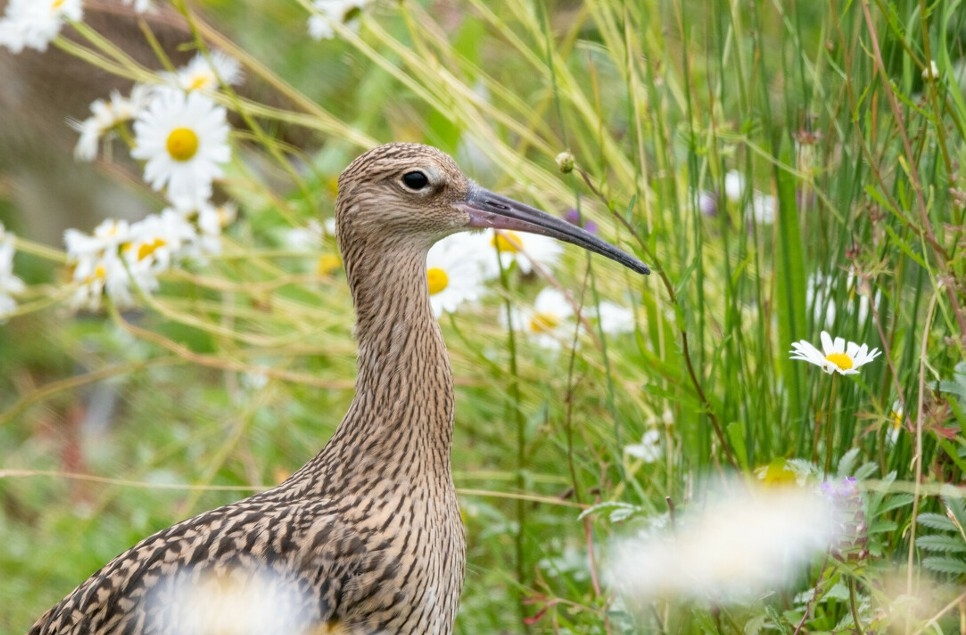
Curlew sightings are a sign of hope for 2021
Glimpses of young curlew give encouraging signs for the 2021 breeding season, although it's still early days for the declining curlew.
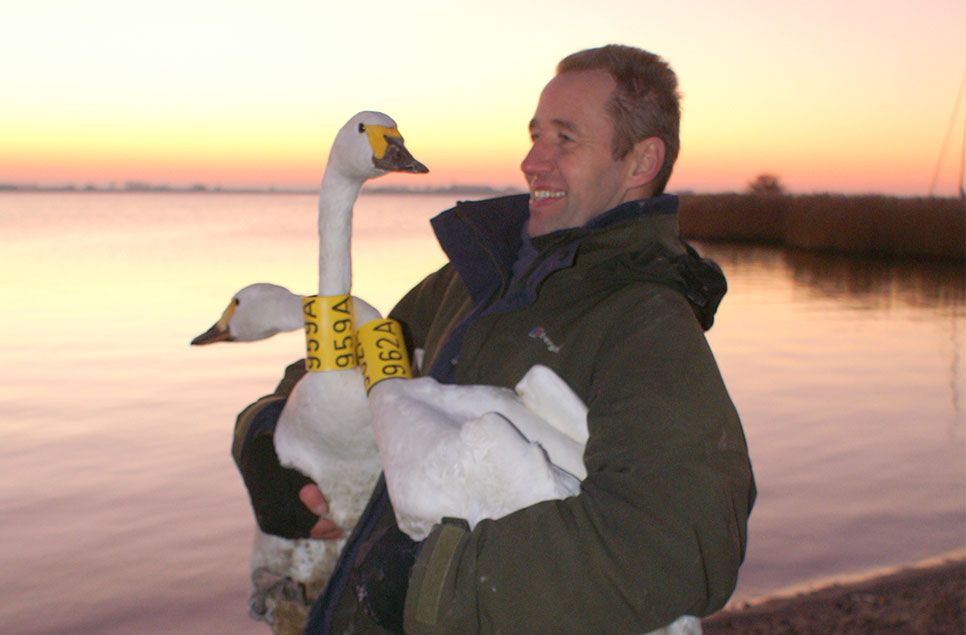
Diary of a swan spotter
Volunteer swan spotter extraordinaire, Wim Tijsen, talks Bewick’s, climate change and why the calls of the swans’ post migration reunions are forever etched into his memory.

Five wetland plants with secret superpowers
Plants are the structural foundation of wetlands, supporting a range of life. They also have some amazing and unexpected qualities. Yet they are often under-appreciated.
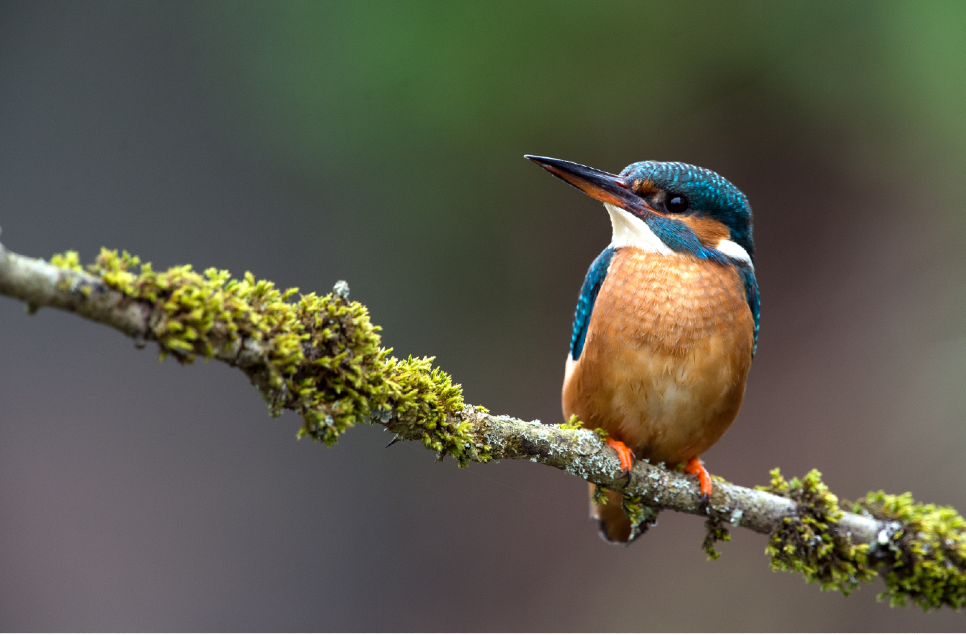
A spotlight on wetland wildlife - March 2021
March has been a real month of change, sometimes cold but often with a real sense of spring in the air. We have said ‘bon voyage’ to the last of our winter visitors and a brief ‘hello’ to those species just passing through...
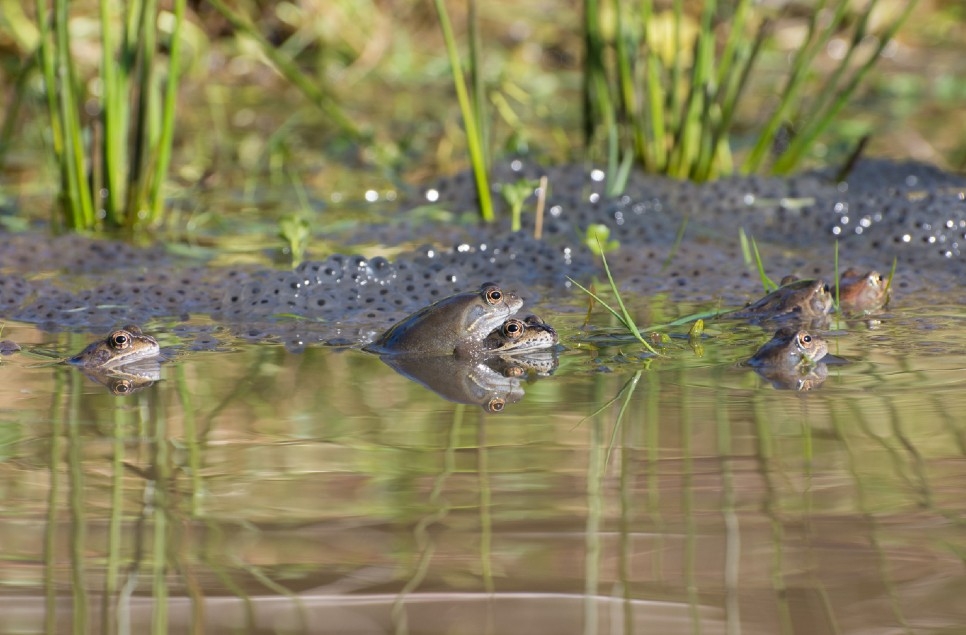
How to tell the difference between frog and toad spawn
Have you spotted any frogspawn yet? Whether it’s in a local pond or your own back garden it’s always an exciting moment. Along with daffodils and birdsong it’s one of the first signs that spring is here. We know it can be hard to tell exactly what is wha
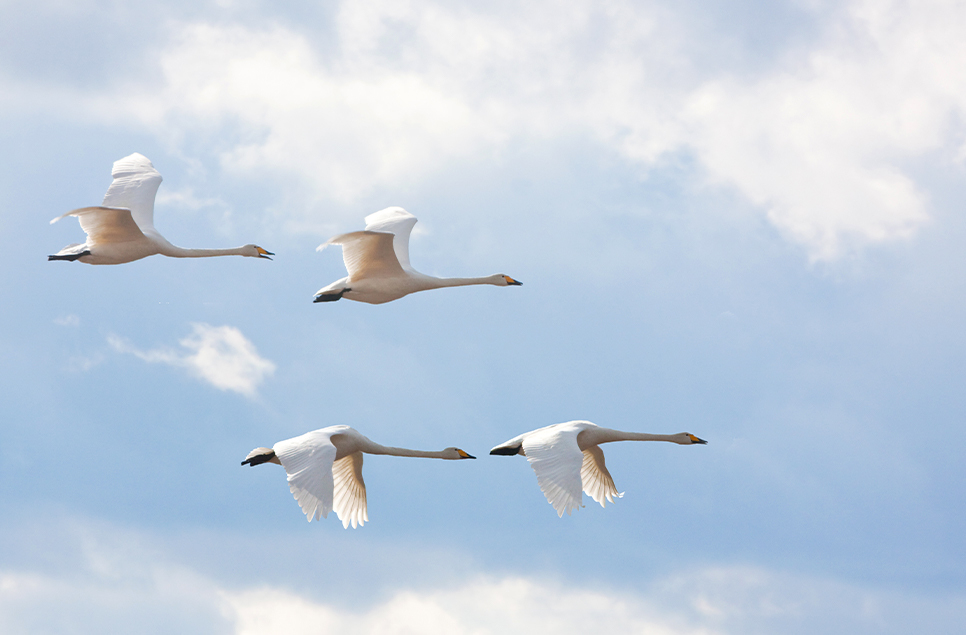
How the weather affects migratory birds
The weather can have a dramatic impact on migrating birds. From cloud structure to wind direction and strength, each can play a part in the success or failure of a bird’s migration.
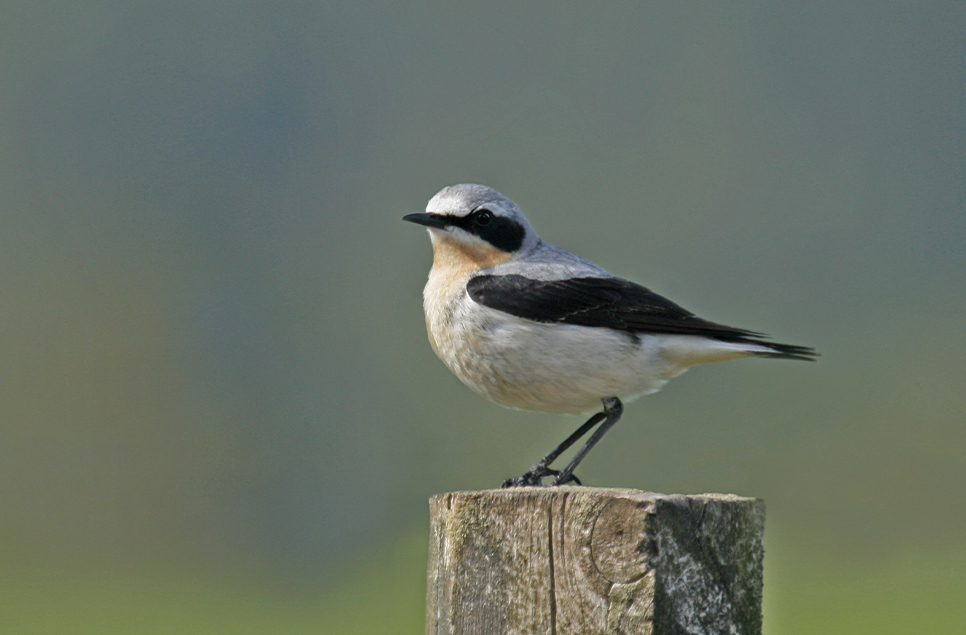
A spotlight on wetland wildlife - February 2021
February has been a real mix of weather on our reserves, from a week of sub-zero temperatures to the recent warm air blowing up from the south. One week we were in the depths of winter, the next was looking very much like spring...
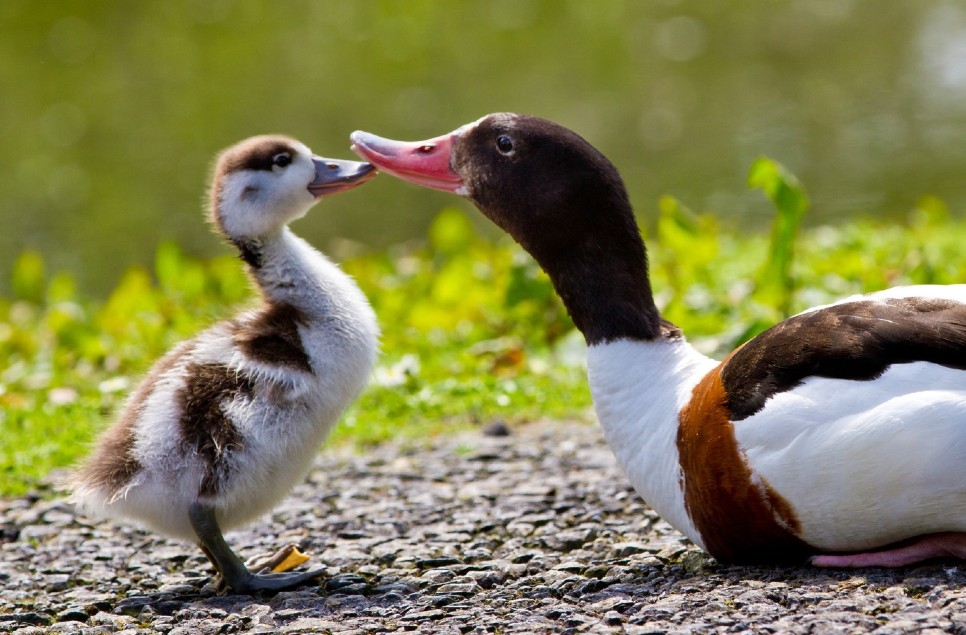
Spring: up close
Spring is well on its way, the first flowers are appearing, the trees are beginning to bustle with bird song and when the sun comes out there’s a definite warmth to it. Join us as we take a look at all we can expect from spring, perhaps the most exciting
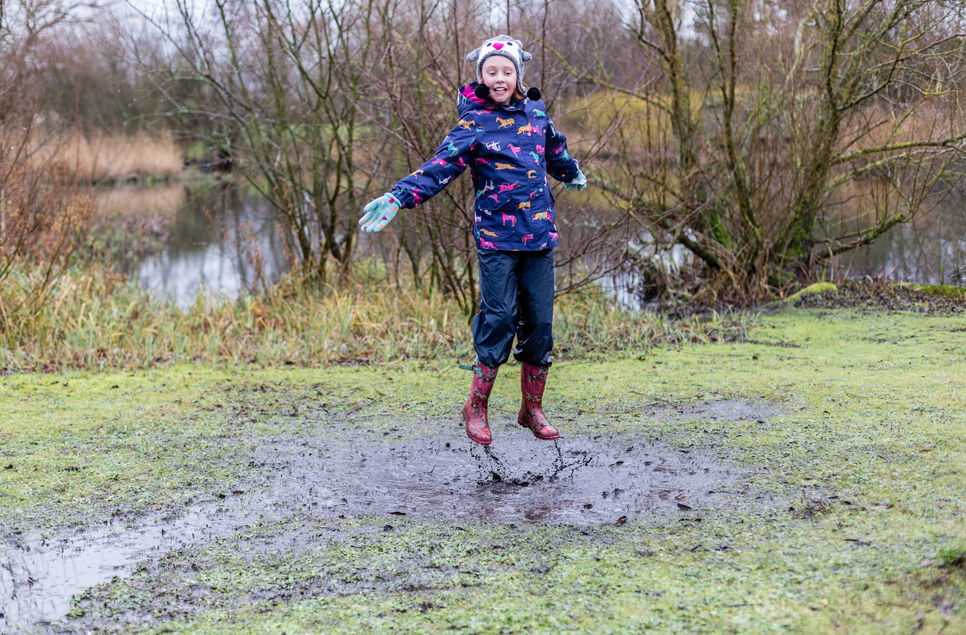
Nature-themed family activities for outdoor and indoor fun this half term
WWT’s wetland centres are great places to take in some fresh air and appreciate what the great outdoors has to offer, but with our centres currently closed now’s the perfect time to explore what’s around you. From local streams, ponds and lakes what
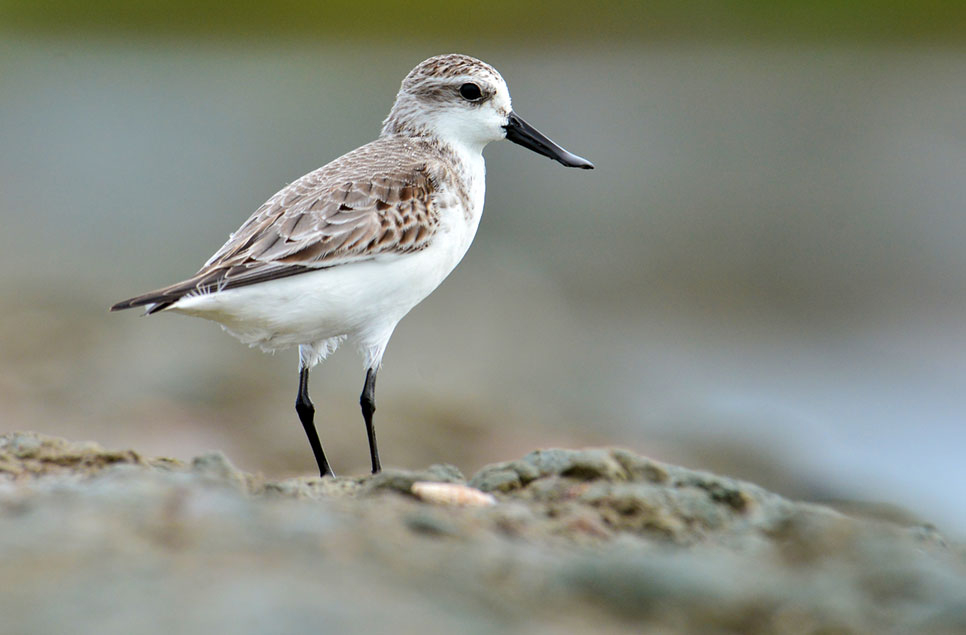
Wetlands of the World: The Yellow sea - a migration lifeline
The Yellow Sea's vast intertidal wetland mudflats offer food-packed staging posts to waders and other birds in their countless thousands. Located between China and South Korea, it's a target for conservation because of its importance to migratory birds.
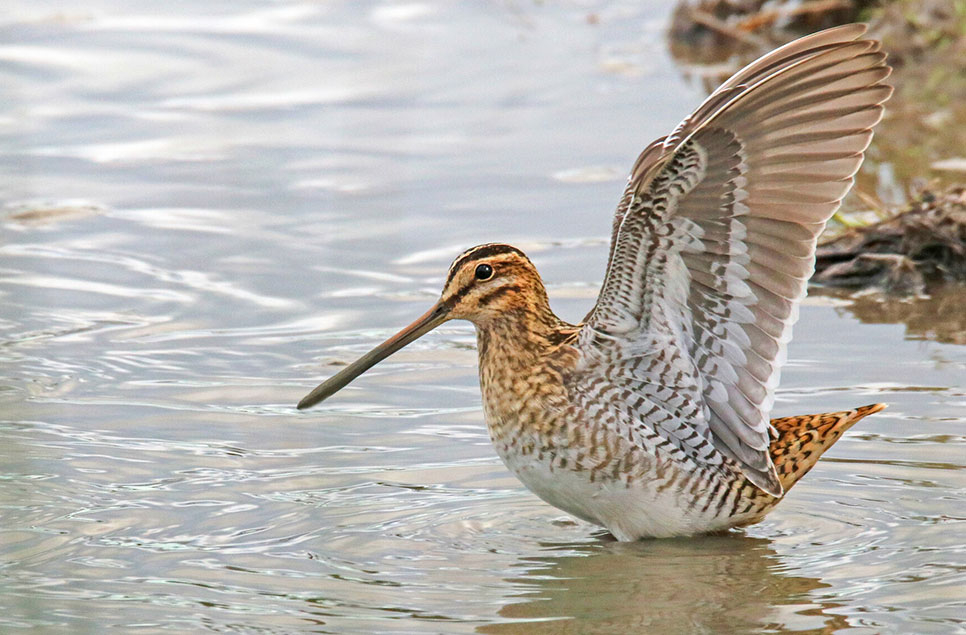
A spotlight on wetland wildlife - January 2021
We’re back with our first reserve roundup of 2021 and we find ourselves well and truly in the middle of winter. If you've missed our reserves, here's your chance to enjoy some winter wildlife virtually.
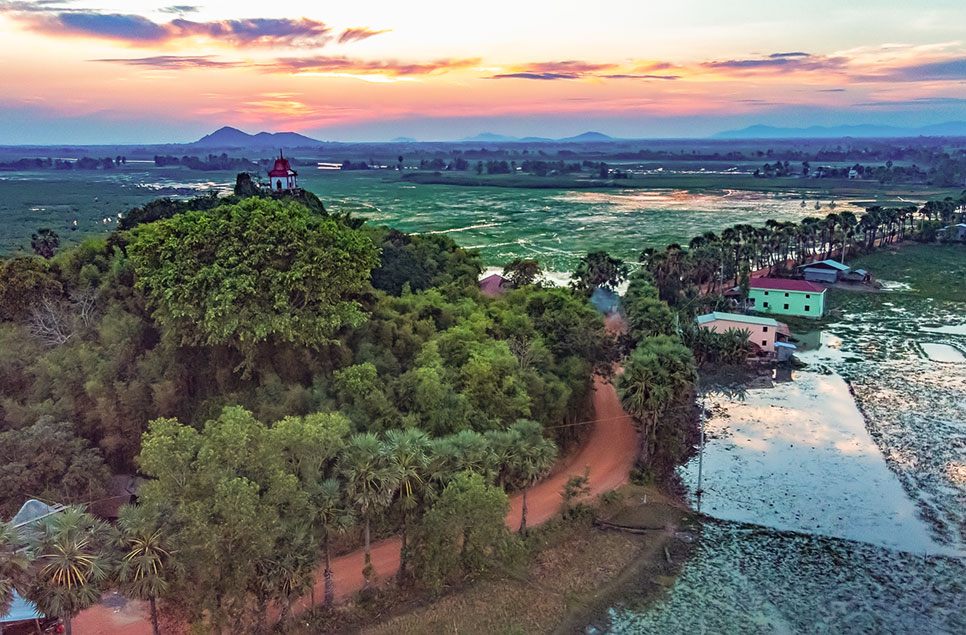
Wetlands of the World: Mekong Delta - Vietnam and Cambodia
The Mekong Delta: home to floating markets, Khmer pagodas and villages surrounded by shimmering emerald rice paddies. But this vast, seasonally flooded maze of rivers, swamps and islands is so much more than an exotic holiday destination.
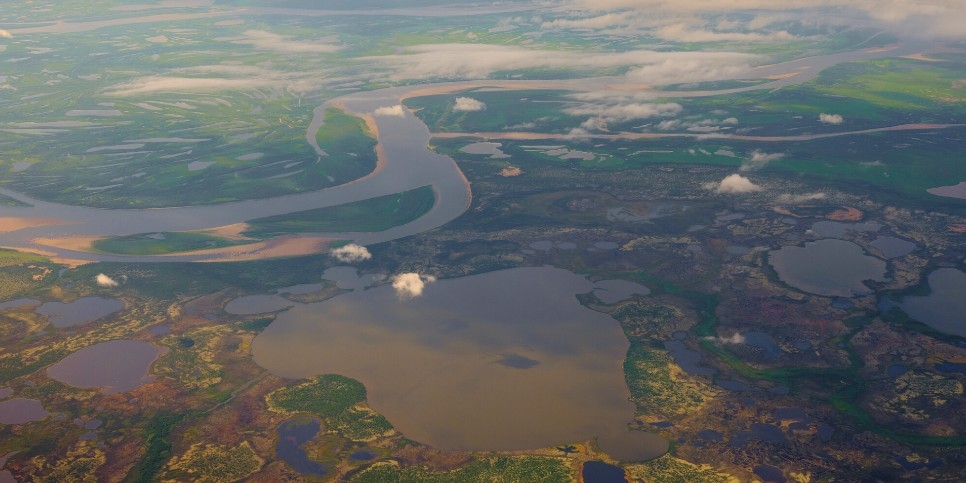
Wetlands of the world: The Arctic tundra, Russia
This new series takes a look at some of the more unexplored yet fascinating wetlands on Earth. Our first stop is the Arctic tundra, home of the Bewick swan and an ancient people who are helping to protect it.
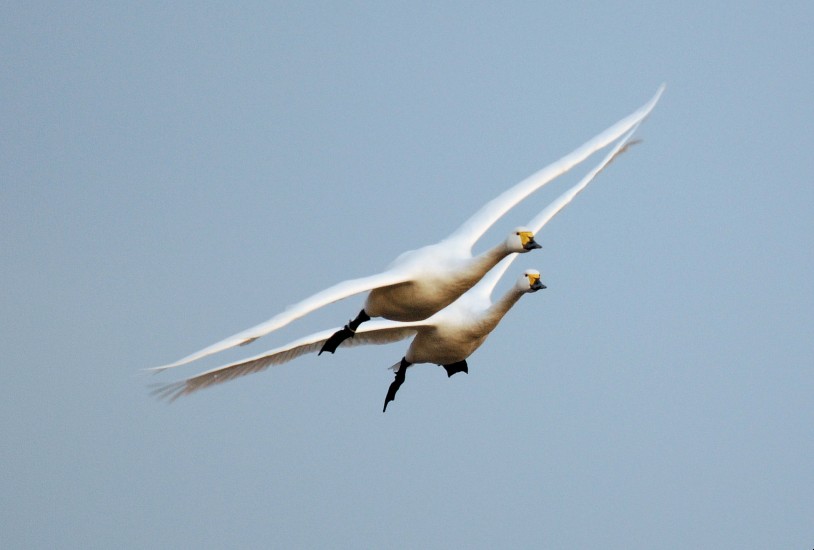
Stories from the Russian Arctic
With Bewick's numbers falling by 40 percent since the mid-1990s, and as many as a third having shotgun bullet pellets in their bodies, WWT has been working with the local community in their Russian breeding grounds to help conserve these endangered swans